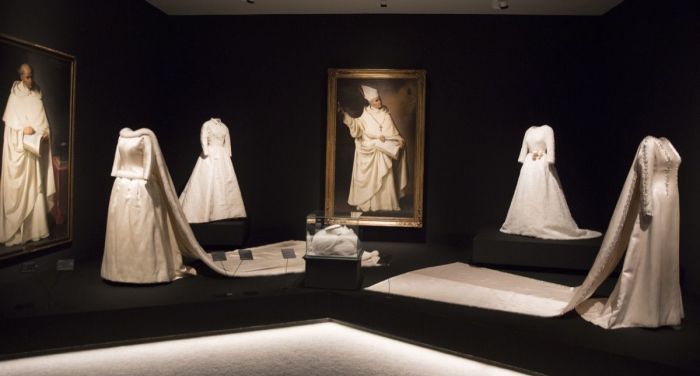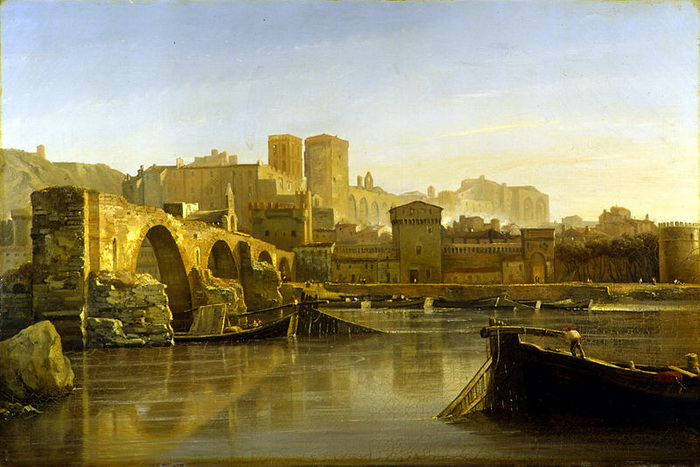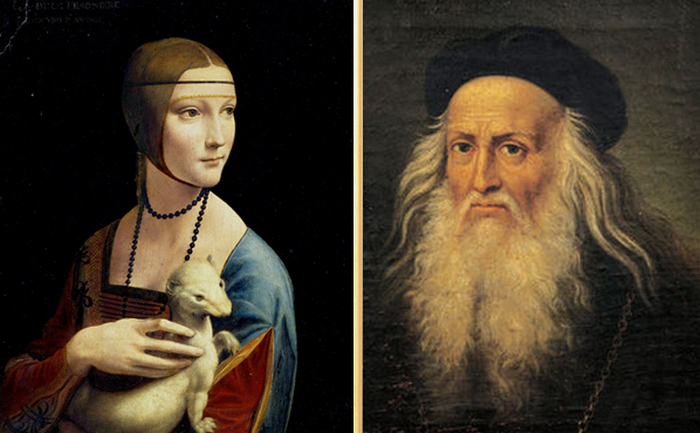melancholy
What is encrypted in the paintings of the most mysterious artist of the Golden Age: Alphabet of painting by Jan Vermeer
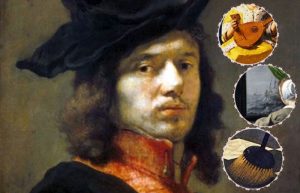 One of the most famous artists of the Golden Age of Holland. His refined painting technique, experiments with optics and perspective, the unique way of transmitting light and the poetic nature of his images remain unsurpassed in their originality and power of influence on the viewer. This is the talented gifted Jan Vermeer (1632–1675).
One of the most famous artists of the Golden Age of Holland. His refined painting technique, experiments with optics and perspective, the unique way of transmitting light and the poetic nature of his images remain unsurpassed in their originality and power of influence on the viewer. This is the talented gifted Jan Vermeer (1632–1675).
In the 1600s, many people could not read or write. In this regard, the work of artists was very helpful: they told their stories through the characters in the paintings. Especially relevant were these picturesque stories during the time of religious persecution and the Inquisition.
Libra is a symbol of weighing the soul, its actions, a metaphor for the choice between good and evil. (“Woman Holding the Scale”). Continue reading
What riddles Claude Monet left in his painting “Poppies”
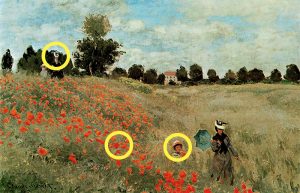 Claude Monet is an artist whose name is inseparable from impressionism. He painted landscapes, water lilies, poplars, ladies in the garden, women with umbrellas, the London parliament, boats, the Normandy coast and … poppies. He captured these delightful red meadow treasures with a single brush stroke of bright red against a background of endless green fields. The painting Poppy Field was painted in the vicinity of Argenteuil (northwestern suburb of Paris), where Monet lived between 1871 and 1878. A beautifully depicted summer day is captured in all its glory with bright poppies complementing thin clouds in a clear blue sky.
Claude Monet is an artist whose name is inseparable from impressionism. He painted landscapes, water lilies, poplars, ladies in the garden, women with umbrellas, the London parliament, boats, the Normandy coast and … poppies. He captured these delightful red meadow treasures with a single brush stroke of bright red against a background of endless green fields. The painting Poppy Field was painted in the vicinity of Argenteuil (northwestern suburb of Paris), where Monet lived between 1871 and 1878. A beautifully depicted summer day is captured in all its glory with bright poppies complementing thin clouds in a clear blue sky.
Shapes and objects Continue reading
Symbolism of the most mysterious stone: Women with pearls in the paintings of famous artists
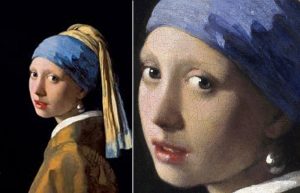 The dual nature of pearls has inspired artists at all times: pearls have been used for centuries as attributes of vanity, purity, innocence and even generosity. According to the National Gallery of Art, “symbolically, pearls were associated with vanity and worldly cares. Titian, for example, dyed Venus’s hair adorned with pearls. They can also represent purity, as can be seen from Lorenzo Lotto’s painting of St. Catherine.”
The dual nature of pearls has inspired artists at all times: pearls have been used for centuries as attributes of vanity, purity, innocence and even generosity. According to the National Gallery of Art, “symbolically, pearls were associated with vanity and worldly cares. Titian, for example, dyed Venus’s hair adorned with pearls. They can also represent purity, as can be seen from Lorenzo Lotto’s painting of St. Catherine.”
In 17th-century Dutch painting, pearls are depicted in earrings, necklaces and bracelets of heroines in portraits, historical paintings and vanitas objects. Perhaps the most famous painting with pearls is rightfully considered the “Girl with a Pearl Earring” by Jan Vermeer.
Jan Vermeer “Girl with a Pearl Earring” Continue reading
